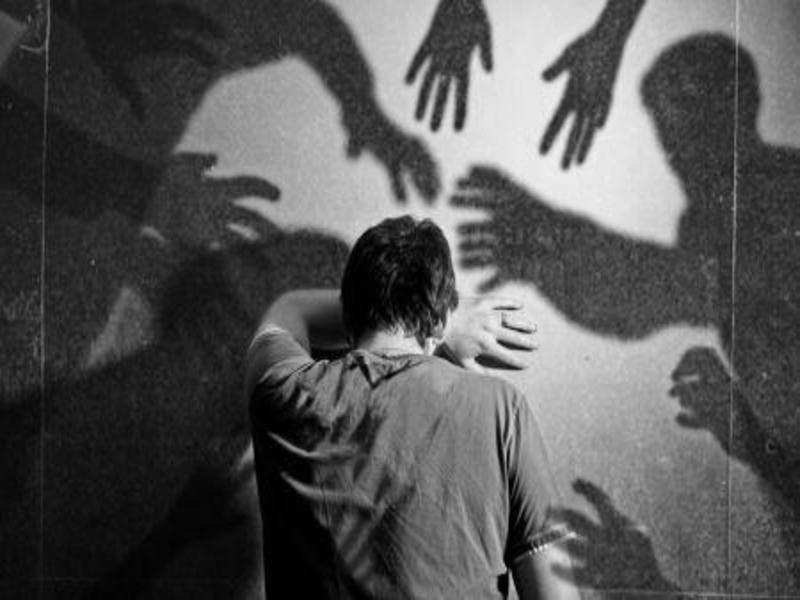Wise man say, “You don’t realize how much your hair weighs until you shave it all off. You don’t realize how much your fears weigh until you release them.”
Be In Action
Story of two sentences and told everything about our life.
Look into your life. How many times because of your fear you have missed many things. This doesn’t mean that you need not have fear. It only means becoming aware of your fear so that you know how to respond through the fear.Understand fear.
Fear is a powerful and primitive human emotion. It alerts us to the presence of danger, and it was critical in keeping our ancestors alive. Fear can be divided into two responses: biochemical and emotional. The biochemical response is universal, while the emotional response is highly individual.
Biochemical Reaction
Fear is a natural emotion and a survival mechanism. When we confront a perceived threat, our bodies respond in specific ways. Physical reactions to fear include sweating, increased heart rate, and high adrenaline levels that make us extremely alert.
This physical response is also known as the “fight or flight” response, in which your body prepares itself to either enter combat or run away. This biochemical reaction is likely an evolutionary development. It’s an automatic response that is crucial to our survival.
Emotional Response
The emotional response to fear is highly personalized. Because fear involves some of the same chemical reactions in our brains that positive emotions like happiness and excitement do, feeling fear under certain circumstances can be seen as fun, like when you watch scary movies.
Some people are adrenaline junkies, thriving on extreme sports and other fear-inducing thrill situations. Others have a negative reaction to the feeling of fear, avoiding fear-inducing situations at all costs. Although the physical reaction is the same, fear may be perceived as either positive or negative, depending on the person.
Action is a great restorer and builder of confidence. Inaction is not only the result, but the cause, of fear. Perhaps the action you take will be successful; perhaps different action or adjustments will have to follow. But any action is better than no action at all.
Learning from the story Fears Weigh: Be In Action
Experience Learning
Causes of Fear
Fear is incredibly complex. Some fears may be a result of experiences or trauma, while others may represent a fear of something else entirely, such as a loss of control. Still, other fears may occur because they cause physical symptoms, such as being afraid of heights because they make you feel dizzy and sick to your stomach, even if you’re watching a video or looking at a picture and in no actual danger.
Scientists are trying to understand exactly what fear is and what causes it, but this is a supremely difficult undertaking in light of the differences between individuals in terms of what they fear and why. There is no agreement between scientists who study fear as to whether it’s a sort of behavior that’s only observable or something our brains are physically wired to do.
Acclimation
Repeated exposure to similar situations leads to familiarity. This dramatically reduces both the fear response and the resulting elation, leading adrenaline junkies to seek out new and bigger thrills. It also forms the basis of some phobia treatments, which depend on slowly minimizing the fear response by making it feel familiar.
Psychology of Phobias
One aspect of anxiety disorders can be a tendency to develop a fear of fear. Where most people tend to experience fear only during a situation that is perceived as scary or threatening, those who suffer from anxiety disorders may become afraid that they will experience a fear response. They perceive their fear responses as negative and go out of their way to avoid those responses.
A phobia is a twisting of the normal fear response. The fear is directed toward an object or situation that does not present a real danger. Though you recognize that the fear is unreasonable, you can’t help the reaction. Over time, the fear tends to worsen as the fear of fear response takes hold.
Treating Phobias
Phobia treatments that are based on the psychology of fear tend to focus on techniques like systematic desensitization and flooding. Both techniques work with your body’s physiological and psychological responses to reduce fear.
Systematic desensitization: In this treatment, you’re gradually led through a series of exposure situations. For example, if you have a fear of snakes, you may spend the first session talking about snakes. Slowly, over subsequent sessions, you would be led through looking at pictures of snakes, playing with toy snakes, and eventually handling a live snake. This is usually accompanied by learning and applying new coping techniques to manage the fear response.
Tags: Be In Action










